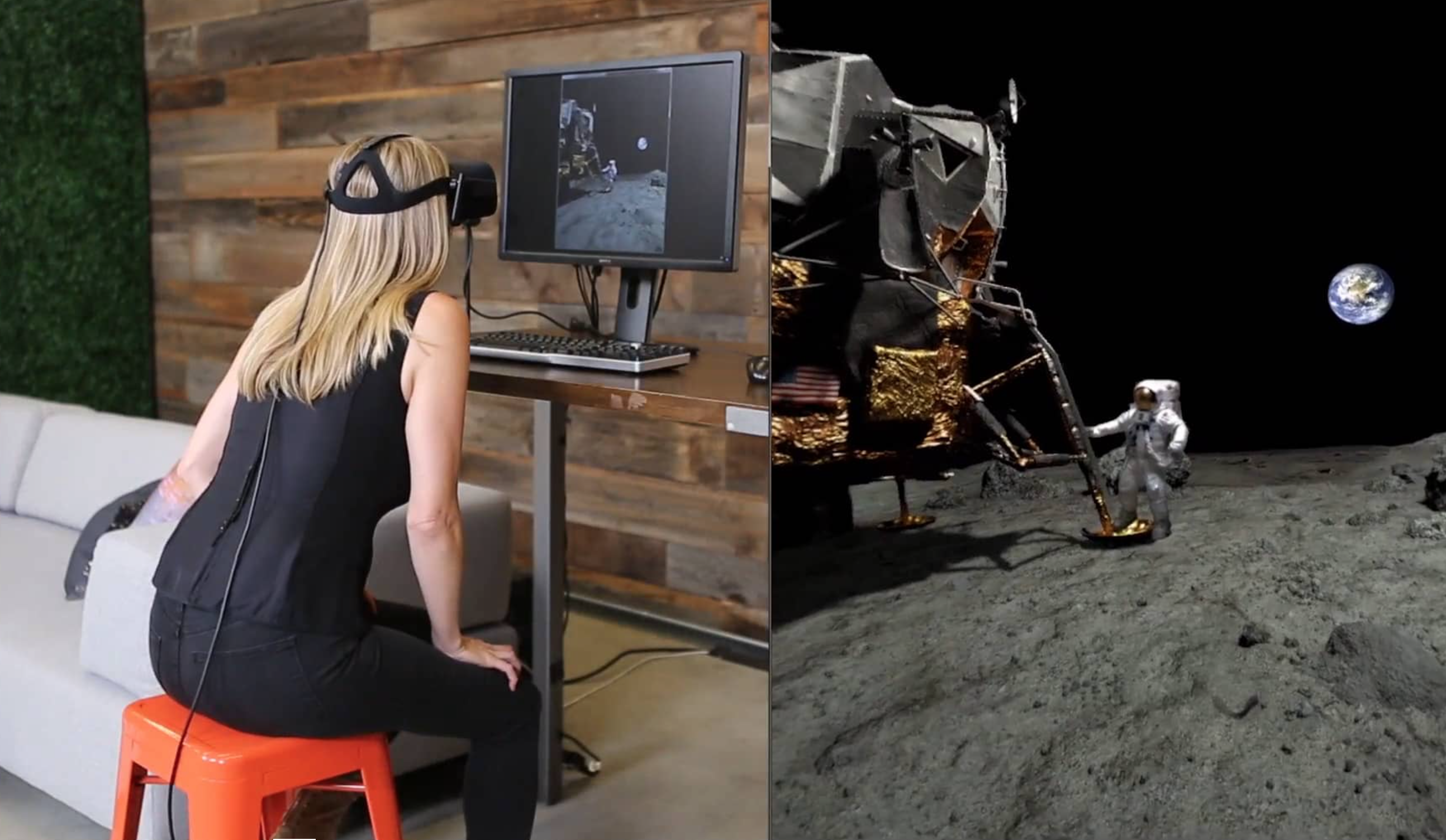
THE AGE OF the “live-action virtual reality experience” hasn’t been long, but it’s been busy. From the New York Times to the Sundance Film Festival, from the UN to the NBA, there’s no shortage of offerings—and that’s not even counting Facebook and YouTube, both of which are investing in VR video in a big way.
There’s just one problem: what’s being called “live-action VR” isn’t exactly that. It’s 360-degree video, and as such has one very key limitation: you can’t move inside it. You can swivel your head, and you can look up and down, but you can’t lean forward to change your perspective, or peek around an object. You have three “degrees of freedom” (what’s known as 3DOF), as opposed to the six that you have in computer-generated experiences like a videogame or an animated film. And despite a few companies that are digitizing people and placing them in 3-D environments, we have yet to see true live-action VR that places you in navigable space.